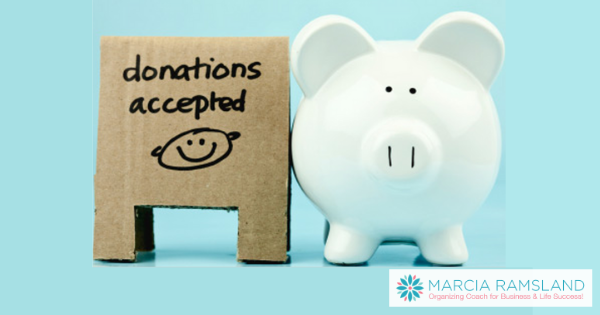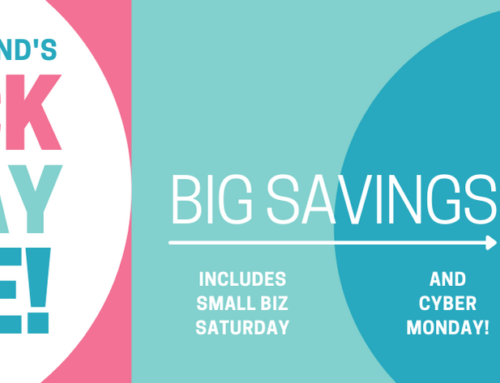Consider the category of giver you fall into in your year-end giving. Are you generous to everyone or closed off from all charity appeals? It can be anyone from the Salvation Army bell ringer to the stack of year-end pleas in your mail box. Here are three stages to consider where you are and how to best use your time.
1) Impulsive Giver
Emotional giving is nice when someone knocks at your door or calls you on the phone, but how about giving because you planned? Some examples to begin using your big heart in a new way include:
- Donate time to serve a meal(s) at the holiday season.
- Help pack shoe boxes to send needy children their only Christmas gift.
- Find a local charity toy drive and purchase toys to give the kids.
- Decide as a family or group of friends to volunteer together.
2) Intentional Giver
Year-end solicitations can fill your mailbox, so do collect them and give intentionally. Knowing charities depend on your year-end giving to meet the many people they help, this is one important time to give. Consider these options:
- Give 5-10% of your total Christmas gift budget to a charity of your choice.
- Go “deeper” into one organization rather than spread your donations widely.
- Start a chart and keep track of your giving and steadily increase it.
- Choose a charity and stick with it for the coming year.
3) Committed Giver
Committed givers use holiday giving as a springboard for decisions for the next year. Giving monthly or quarterly in the coming year can take the stress out of adding charitable giving of time and finances during the holiday season. Some things to consider include:
- Donate time quarterly or monthly to the charity you serve holiday meals to.
- Use automatic bank withdrawal payments to your charity all year.
- Decide who to give to in the coming year and long term.
- Stretch yourself to give beyond last year or to reach the 10% deductible rate.
Wherever you are in your year-end giving, be a cheerful giver. It will be a “win-win” situation for you and those you give to.
“A satisfying donation is a “win-win” situation for both you and the organization or individual you give to. Why? Because it feels good to you and ultimately meets someone else’s need!”








Leave A Comment